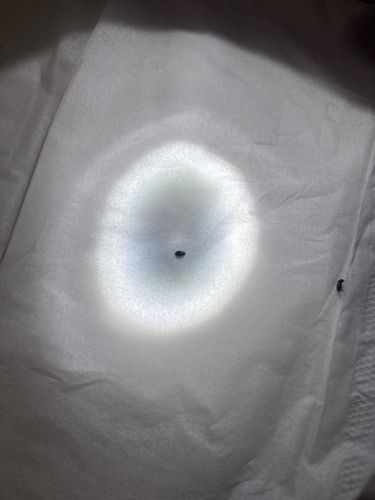Fruit Fly
Scientific Name: Drosophila melanogaster (common species)
Order & Family: Diptera (Order), Drosophilidae (Family)
Size: Typically 2-4 mm (0.08-0.16 inches) long.

Natural Habitat
Commonly found in kitchens, restaurants, and other areas where ripe or fermenting fruits and vegetables are present. They are attracted to moist, decaying organic matter.
Diet & Feeding
Feeds on yeast found in fermenting fruits and vegetables, overripe produce, sugary substances, and alcohol.
Behavior Patterns
Fruit flies are highly attracted to fermented food and beverages. They lay their eggs on or near the surface of fermenting products. They have a rapid life cycle, completing development from egg to adult in about a week under ideal conditions, leading to quick population increases. They are weak fliers and tend to hover around their food source.
Risks & Benefits
Potential risks: Primarily a nuisance pest in homes and food establishments. They can contaminate food with bacteria and other pathogens they pick up from decaying matter. Benefits: Widely used in scientific research, particularly in genetics and developmental biology, due to their short life cycle and ease of breeding. In nature, they contribute to the decomposition process of organic matter.
Identified on: 9/14/2025